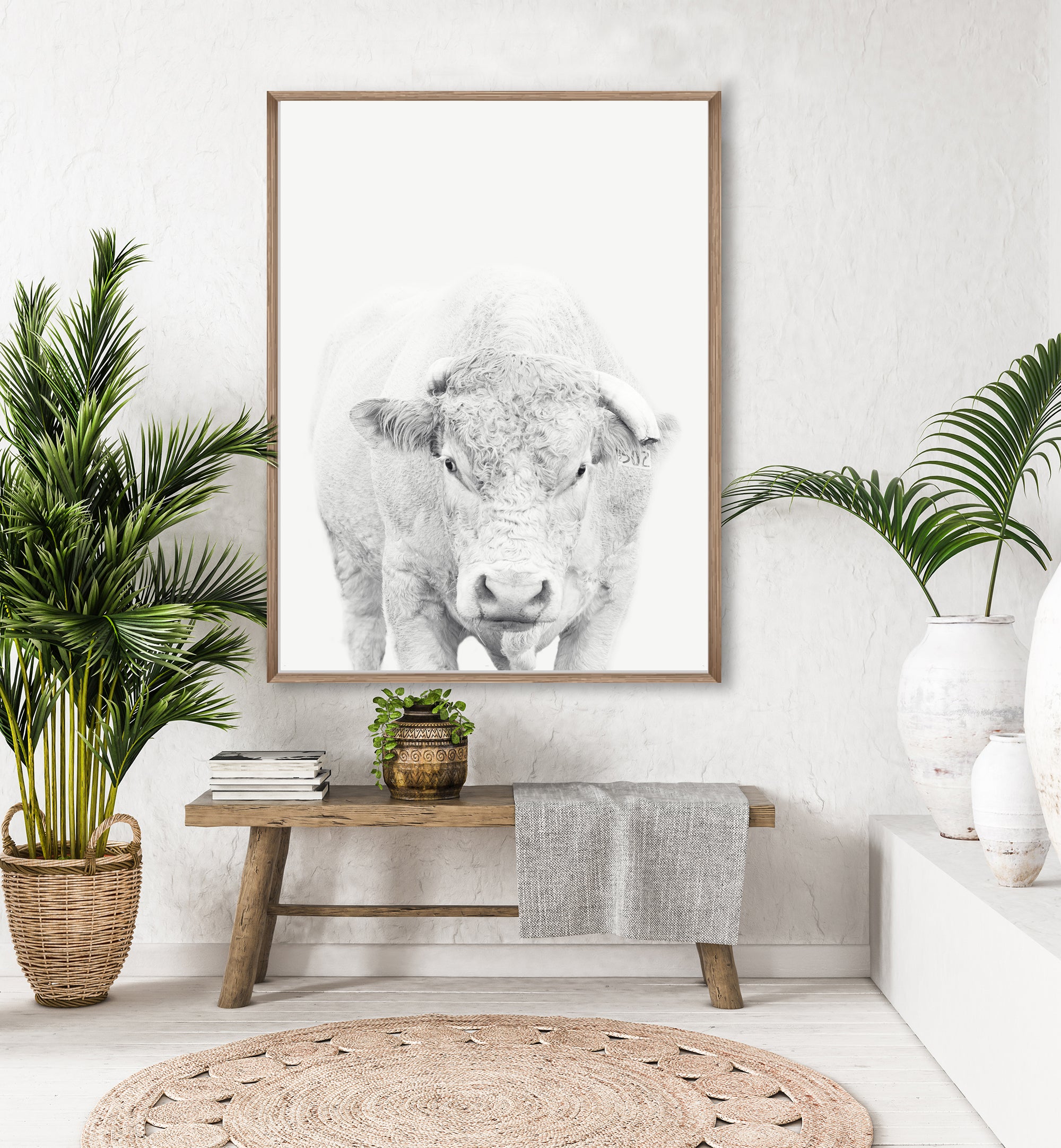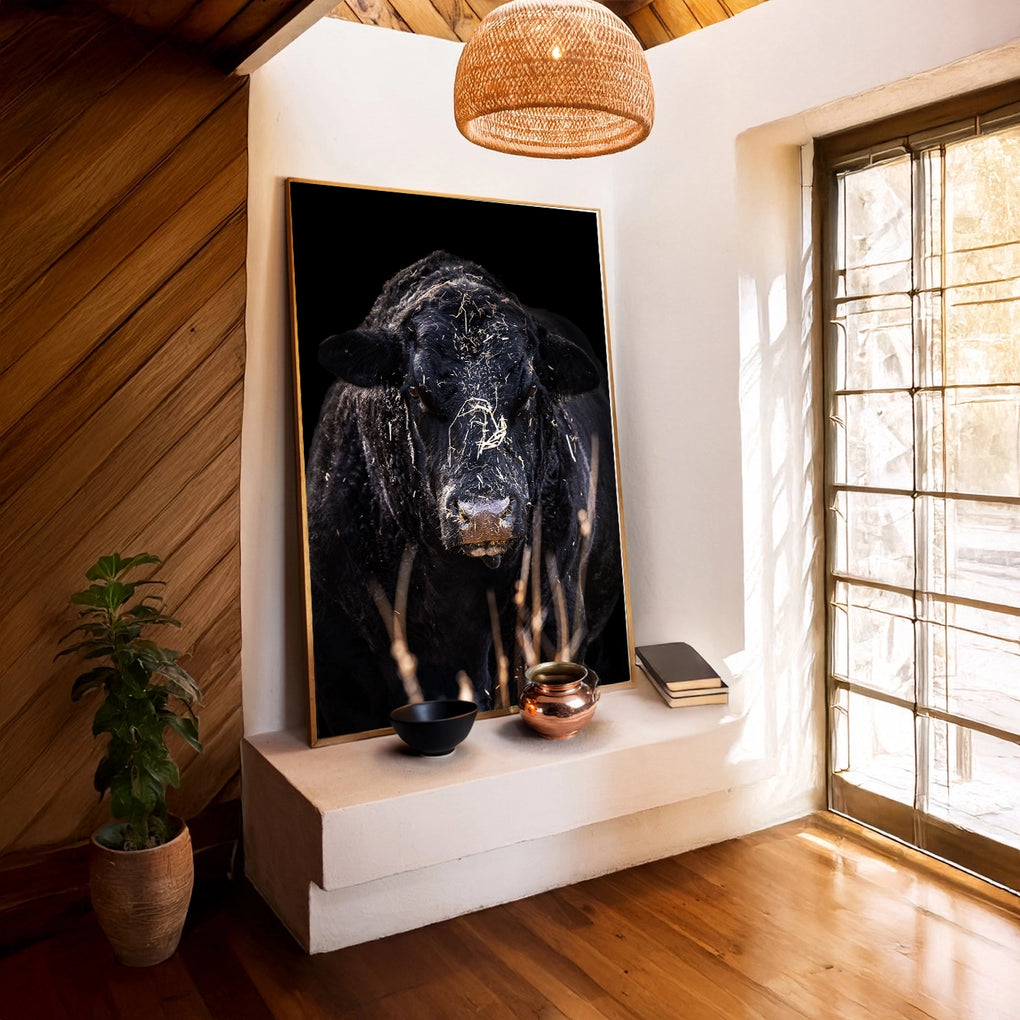Blog ·
What to Know When Buying Limited Editions

I often get emails from clients each week asking me when I am going to bring back Maverick, Caesar, the Bully print, plus many more. These prints were limited editions, so this means I am unable to bring these prints back to sell again. I cannot change the edition number just to create more sales. (Although the amount of people who have asked to purchase these prints since selling out, I wish I could!)
Once they are sold out, they are sold out!
When you discover a print or photograph that you want to buy, the next step is to look at the artwork’s edition information. Some prints are marked as "Unlimited" or "Open" editions prints or some are marked as Limited editions. If it is an "Unlimited" edition, this means that it will never run or sell out, unless the artist such as myself decides to stop selling this particular print anymore.
Unlimited Edition print - Lake Tekapo

If the print is a limited edition print, this is a different story as there are only a limited amount of copies that can be sold. Here is some more information to help you understand the meaning and value of a limited edition print.
On each product page of my limited edition prints you will see the information relating to that limited edition print. Here you will find how many editions of this will be sold. For example, my "Bully" print, there were only 20 editions sold. My "Maverick" print I set the number to forty. Some artists set theirs at 100 or even 120 copies.
To distinguish between individual artworks in an edition, artists will label each piece with a distinct number—and you will often find this number published alongside the total edition size (e.g. 1/40 or 40/40). I will usually write the edition number on the bottom left hand corner of the photograph.
Once an edition number is set by the artist, they cannot (or should not) go back on their word, which is bad enough for the artists reputation on its own – it lowers the value of the pieces they have already sold.
Limited Edition - Wagyu Will

Pro tip: When I sell limited edition artworks for the first time, I often sell them in number order. If there is a lot of demand for the edition, or it is selling quickly, I may choose to raise the price of the remaining unsold works. In these cases, the print numbered 40/40 will be more expensive than the print numbered 1/40—simply because it was the last to be sold and in high demand.
Smaller Editions Are More Valuable
When edition sizes are small, the individual artworks in the edition become more rare—and this scarcity makes these pieces more desirable in the market. For example, a print from an edition of 40 will be more valuable than a similar work from an edition of 100.
Proofs Add to the Edition Size
Most limited editions will also include a small number of artist’s proofs, which are often listed as “AP” or “A/P” in the edition information.
Traditionally, artists kept these proofs for their personal collections—and artworks that belonged to the artists themselves will be more valuable in today’s market. I have not sold any of my artist proof's yet. Proofs are also highly desirable if they are in some way unique, such as those that feature notes from the artist.
Recent Work
Here is a recent Limited Editions added to my collection: "Hercules" limited to forty editions only.

Here are some previous Limited Edition Prints that have SOLD OUT.
MAVERICK

BULLY

MR MOGLEY

Caesar

Here are some limited editions that are currently SELLING OUT.
We Three Kings - Two Remaining.

Night Blooms - 10 Remaining.

So remember, if there is a limited edition print that you are interested in, don't leave it too long to purchase it as it my sell out. Once it sells out, it will not be available again, or if it is selling out, the price may increase.



